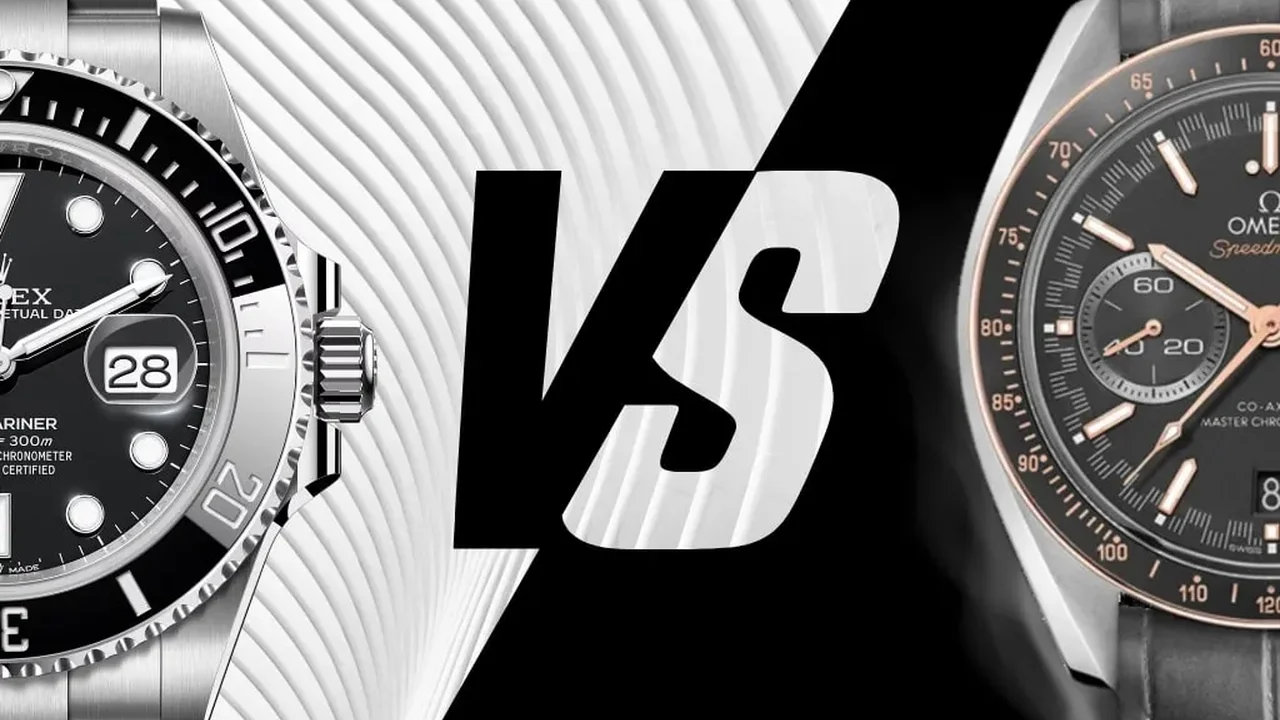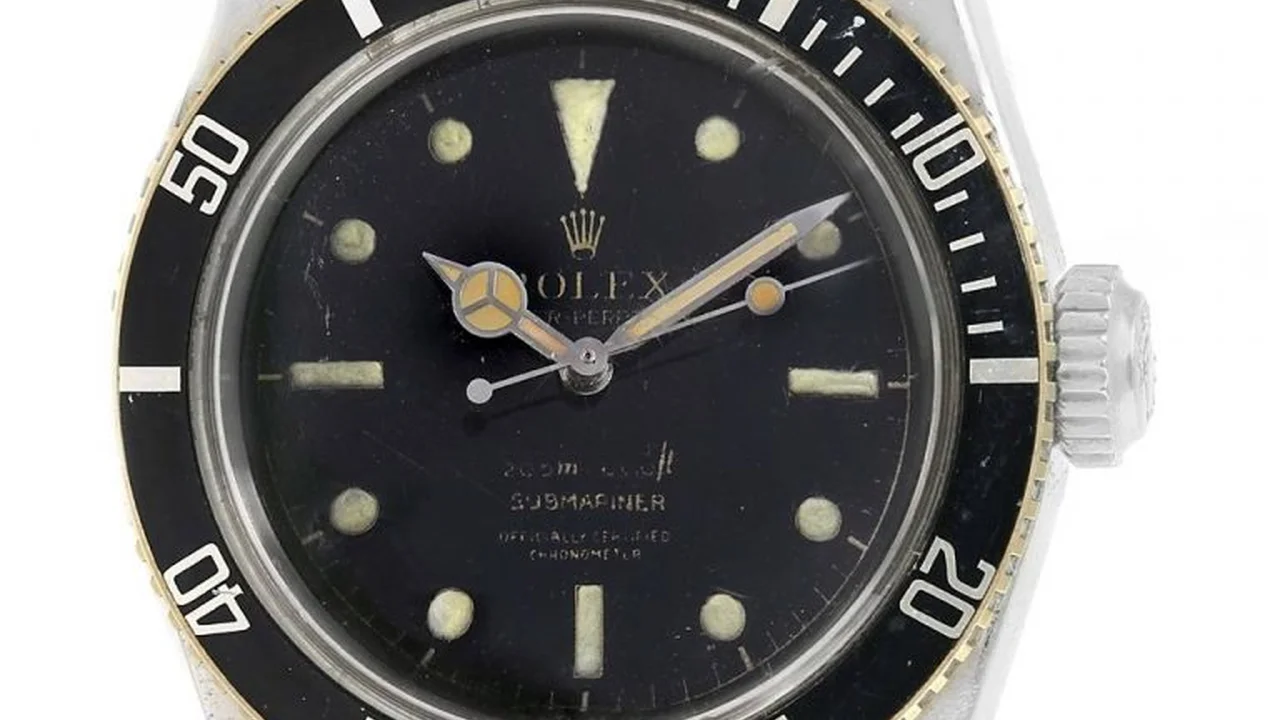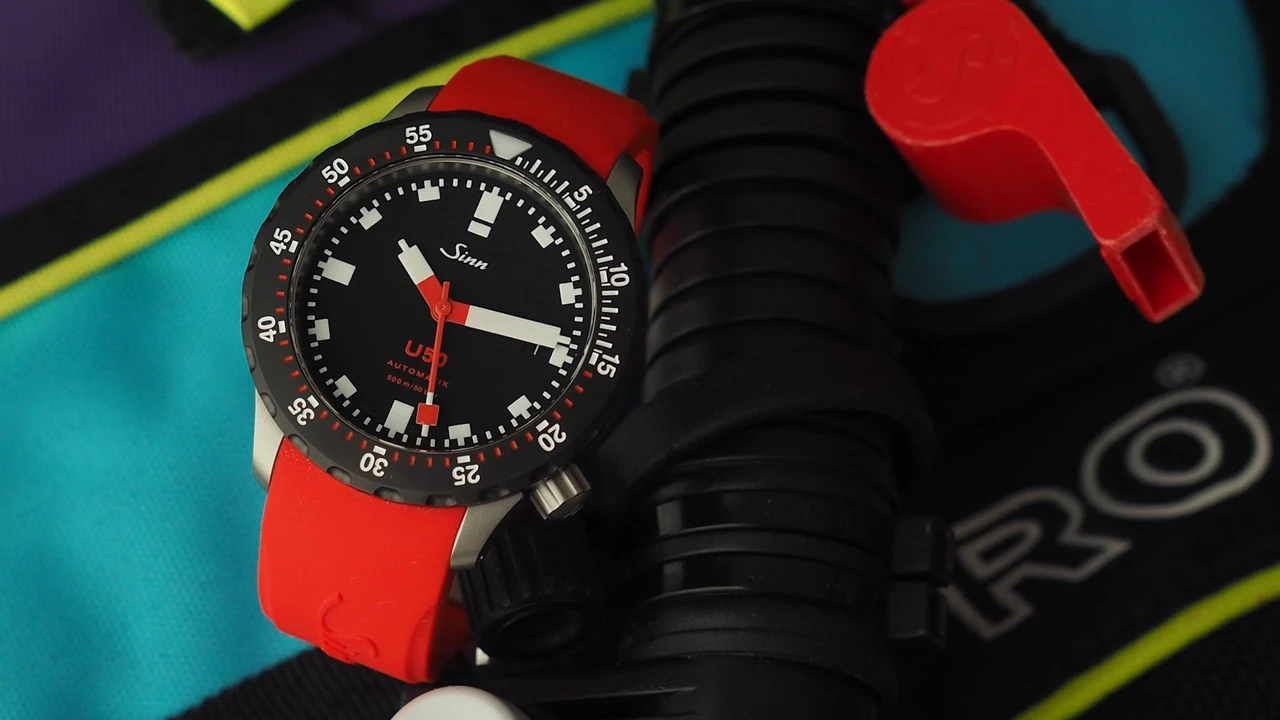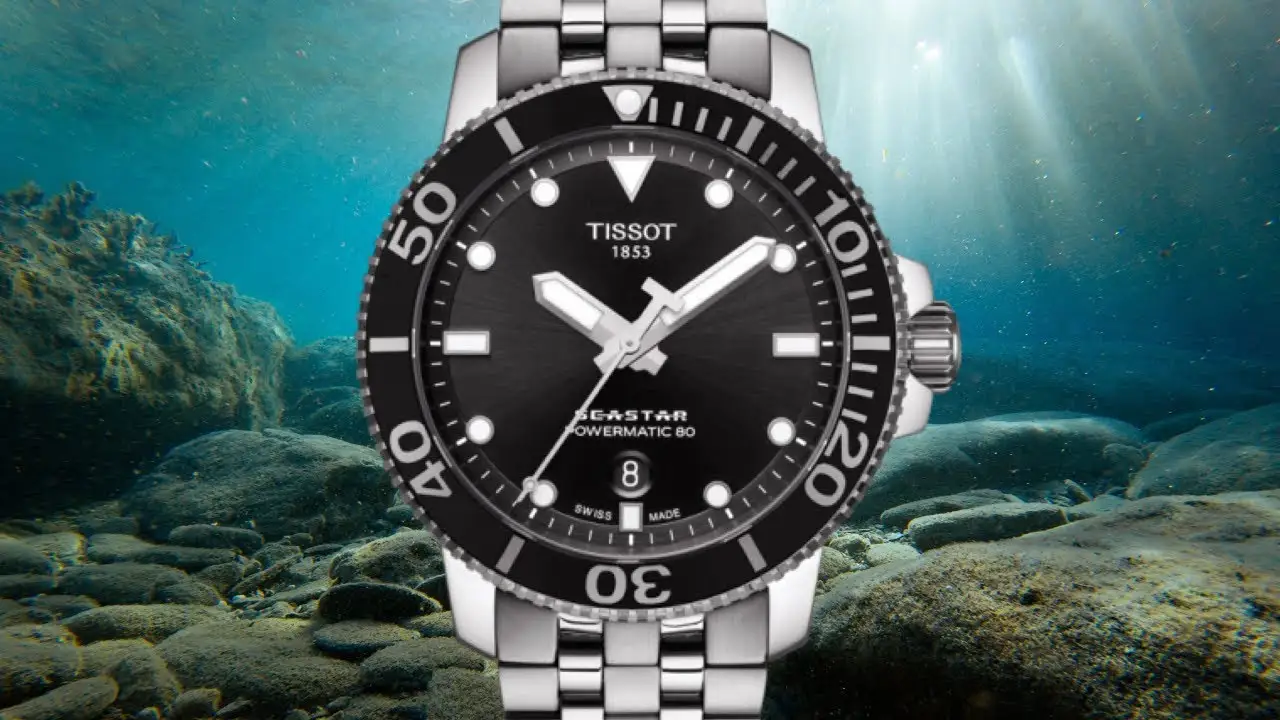Rolex vs. Omega: Which Luxury Watch Brand is Right for You?
Here's an in-depth article about Rolex and Omega, incorporating your specifications for SEO, content, and style.Rolex and Omega are two of the most recognizable and respected names in the world of luxury watches. Both brands boast a rich history, innovative designs, and exceptional craftsmanship. Choosing between them can be a daunting task, as both offer a compelling range of timepieces to suit various tastes and lifestyles. This guide dives into the key differences, iconic models, and factors to consider when deciding which luxury watch brand is right for you, including price points and ideal usage scenarios.

Choosing between Rolex and Omega can feel like picking a favorite child. Both brands offer incredible timepieces, but they cater to slightly different tastes and priorities. Let's break down what makes each brand unique and help you decide which one deserves a spot on your wrist.
Rolex The King of Luxury Watches Reputation and Brand Image
Rolex is synonymous with luxury and status. It's the brand most people think of when they hear the words "luxury watch." This reputation is built on decades of consistent quality, iconic designs, and clever marketing. Rolex watches are seen as a symbol of success and achievement.
Think of it this way: Rolex is like the classic sports car – instantly recognizable and universally admired. It's a safe bet and a statement piece all in one.
Omega The Innovator of Luxury Watches Technology and History
Omega, on the other hand, has a strong focus on innovation and technical prowess. They've been the official timekeeper of the Olympic Games for decades and have a deep connection to space exploration, thanks to the Speedmaster's journey to the moon. Omega is about pushing boundaries and showcasing cutting-edge technology.
Omega is the tech-savvy luxury choice. They're constantly experimenting with new materials and movements, making them a favorite among watch enthusiasts who appreciate horological innovation.
Iconic Rolex Models A Closer Look at the Submariner Daytona and Datejust
Rolex boasts a lineup of legendary models that have stood the test of time. Let's take a look at some of the most popular:
- Submariner: The quintessential dive watch. Durable, reliable, and instantly recognizable. The Submariner is a versatile choice that can be dressed up or down.
- Daytona: A chronograph designed for racing, the Daytona is highly sought after for its sporty aesthetic and historical significance. It's a statement piece that exudes confidence.
- Datejust: The classic everyday Rolex. Elegant and timeless, the Datejust is a versatile watch that can be worn for any occasion. It's a symbol of understated luxury.
Iconic Omega Models Exploring the Speedmaster Seamaster and Constellation
Omega's collection is equally impressive, with models that have made their mark on history:
- Speedmaster: The "Moonwatch." Famous for being the first watch worn on the moon, the Speedmaster is a chronograph with a rich history and a timeless design.
- Seamaster: A versatile collection of dive watches, the Seamaster offers a range of styles and functionalities. From the classic Seamaster 300 to the sporty Planet Ocean, there's a Seamaster for every water enthusiast.
- Constellation: Known for its elegant design and distinctive "Griffes" (claws) on the bezel, the Constellation is a sophisticated dress watch that exudes refined style.
Movement and Technology Rolex's In-House Movements vs Omega's Co-Axial Escapement
Both Rolex and Omega produce their own in-house movements, ensuring high quality and precision. However, they approach movement design differently.
Rolex movements are known for their robustness and reliability. They're built to last and require minimal maintenance. Omega, on the other hand, has pioneered the Co-Axial escapement, which reduces friction and improves long-term accuracy.
Rolex: Focuses on proven reliability and long-lasting performance.
Omega: Emphasizes innovation and cutting-edge technology.
Materials and Craftsmanship Rolex's Oystersteel vs Omega's Innovative Alloys
Both brands use high-quality materials in their watches, but they also have their own signature materials. Rolex uses Oystersteel, a particularly durable and corrosion-resistant type of stainless steel. Omega experiments with innovative alloys like Liquidmetal and Sedna gold.
Rolex: Known for using high quality 904L Oystersteel, more resistant to corrosion.
Omega: Employs innovative material sciences to create unique alloys such as Liquidmetal.
Price Range and Value Rolex's Investment Potential vs Omega's Affordability
Rolex watches generally hold their value well, and some models even appreciate in price over time, making them a solid investment. Omega watches are typically more affordable than Rolex, offering excellent value for the money.
Rolex: Often seen as an investment due to its high resale value.
Omega: Offers a great balance between luxury and price.
Specific Product Recommendations and Usage Scenarios
Let's dive into some specific recommendations based on different needs and preferences:
- For the Classic Diver: Rolex Submariner (approx. $10,000 - $15,000). Ideal for diving, swimming, or everyday wear. Its robust construction and timeless design make it a versatile choice.
- For the Space Enthusiast: Omega Speedmaster Professional "Moonwatch" (approx. $6,000 - $8,000). Perfect for those who appreciate history and technical innovation. A conversation starter and a piece of horological heritage.
- For the Business Professional: Rolex Datejust (approx. $8,000 - $12,000). A sophisticated and versatile watch that complements any business attire. A symbol of success and understated elegance.
- For the Sporty Individual: Omega Seamaster Planet Ocean (approx. $5,500 - $7,500). A robust and stylish dive watch that's perfect for active lifestyles. Available in a range of colors and sizes.
- For the Collector: Rolex Daytona (approx. $20,000 - $40,000+). A highly sought-after chronograph with a rich history and investment potential. A true collector's item.
Comparing Specific Models Rolex Submariner vs Omega Seamaster 300
Let's compare two popular dive watches: the Rolex Submariner and the Omega Seamaster 300.
Rolex Submariner:
- Pros: Timeless design, exceptional build quality, strong resale value.
- Cons: Higher price point, more common design.
Omega Seamaster 300:
- Pros: Unique design, Co-Axial movement, more affordable.
- Cons: Lower resale value compared to Rolex.
Comparing Specific Models Rolex Daytona vs Omega Speedmaster
Let's compare two popular Chronograph watches: the Rolex Daytona and the Omega Speedmaster.
Rolex Daytona:
- Pros: High investment potential, iconic design, luxurious feel.
- Cons: Hard to find at retail, very expensive.
Omega Speedmaster:
- Pros: Historical significance, unique design, good value for money.
- Cons: Movement not as robust as Rolex.
Choosing the Right Luxury Watch Factors to Consider
Ultimately, the best luxury watch for you depends on your individual preferences, lifestyle, and budget. Consider the following factors:
- Budget: How much are you willing to spend?
- Style: What kind of aesthetic do you prefer?
- Lifestyle: What activities will you be doing while wearing the watch?
- Investment potential: Are you looking for a watch that will hold its value?
Rolex and Omega: Which Luxury Watch Brand is Right for You
Rolex and Omega are both excellent choices for luxury watches. Rolex is the king of luxury, known for its status and investment potential. Omega is the innovator, known for its technology and value. Determine which brand best suits your style and budget to find the perfect timepiece.
:max_bytes(150000):strip_icc()/277019-baked-pork-chops-with-cream-of-mushroom-soup-DDMFS-beauty-4x3-BG-7505-5762b731cf30447d9cbbbbbf387beafa.jpg)






